SummaryAirport Rating ***** Reception of locals ***** Cost: £££££
Modern MunichI've been lucky enough to explore distant parts of the world, but it's slightly strange to think how little I have seen of Germany, a country that is a political and economic powerhouse, and it's just a couple hours of flying from my hometown. In fact, other than Berlin and Trier, I've not seen anything else. It's something that I've wanted to change for a while, and Munich has been near the top of my list. Munich, the capital of Bavaria in southern Germany, is a city that may not be historically as important as other parts of Germany, but today is one of the richest regions in the world. The history of Munich stretches back to the 12th century when it was founded in 1158 by Henry the Lion, Duke of Saxony and Bavaria. The city's name, "Munich," is believed to originate from the Old High German term "Munichen," which translates to "by the monks." This name reflects the presence of Benedictine monks who established a monastery in the area. Throughout the Middle Ages, Munich flourished as a vibrant trading and commercial centre. However, its true ascent to prominence occurred in the late 15th century when Duke Albert IV declared it the capital of Bavaria. This marked the beginning of Munich's role as a hub of political, cultural, and economic activity. The 16th century brought about a cultural and artistic renaissance in the city, particularly during the reign of Duke Wilhelm V. In the modern era, Munich has continued to thrive, assuming several vital roles. Economically, Munich stands as one of Germany's foremost economic centres. Its diverse economy encompasses finance, technology, manufacturing, and healthcare sectors. A big reason for Germany's economic might is Munich and the surrounding area. Munich is home to the headquarters of several multinational corporations, including automotive giant BMW, technology leader Siemens, and the insurance giant Allianz. The city nurtures a thriving start-up ecosystem, attracting entrepreneurs, venture capital, and innovation. Initiatives such as the "Munich Tech" scene have cultivated a dynamic environment for tech start-ups. One of my friends runs a start-up in Munich due to its reputation as a tech hub. Culturally, Munich remains significant, boasting world-class museums, opera houses, and theaters. Events like the Munich Film Festival underscore its cultural vibrancy. For me, Bayern Munich, and to a lesser extent 1860 Munich, have been more gauges of Munich. I first heard about Munich through these football clubs, and most of my continued interest in the city has been driven by these football clubs. While Munich excels as an economic powerhouse, it simultaneously plays a pivotal role in preserving and promoting Bavarian traditions and identity. Events like Oktoberfest, the world-famous beer festival, is something that gives Munich global recognition. Personally, finally visiting Munich was an opportunity to see a city that I have heard and read so much about over the years. Magnificent MarienplatzMunich's old town isn't so old. While elements of the town date back almost a thousand years, most of it was extensively rebuilt following the Second World War after significant destruction of the city. Luckily, for Munich's citizens, the post-war rebuilding was in line with the pre-war layout and so the city retains significant pockets of beauty (unlike the horrible post-war building that happened in many British cities). At the heart of Munich is Marienplatz, an old square that was first completed in 1158 as a marketplace on the edge of the city. The name "Marienplatz" pays homage to the Mariensäule (Mary's Column), a prominent landmark that graces the square. During the Middle Ages, Marienplatz emerged as the nucleus of Munich's economic and social life. It served as a vibrant epicenter for trade, where merchants congregated to barter goods, and where markets, fairs, and public gatherings flourished. The Neues Rathaus (New Town Hall), now an emblematic presence in the square, was originally erected in the late 14th century, symbolizing the city's growing importance. In 1638, the Mariensäule was erected as a testament to Munich's devotion to the Virgin Mary and in celebration of the cessation of Swedish occupation during the Thirty Years' War. Crowned with a golden statue of the Virgin Mary, it underscores the enduring connection between the city and its patron saint. The 19th century ushered in significant renovations for Marienplatz, aligning it with Munich's burgeoning urban landscape. The square underwent a transformative makeover, and the Neues Rathaus, distinguished by its captivating Neo-Gothic facade and the famous Glockenspiel, claimed its role as the square's centerpiece. Today, Marienplatz stands as a dynamic fusion of history and modernity. It functions as a central transportation hub, with the Marienplatz U-Bahn station facilitating seamless connections across the city. Beyond its practical utility, Marienplatz thrives as a vibrant cultural and commercial nucleus. For me, it felt like the heart and soul of the city, the place that had the most character and that connected the modern city with its history. A lot of most interesting things about Munich are in the vicinity and while it is popular during the day, at night it really comes alive given that it hosts a multitude of bars and restaurants. If you're going to be a tourist in Munich, then this is the place to come to. Heaving HofbräuhausWithin Marienplatz is Hofbräuhaus, affectionately known as the "Hofbräu," one of Munich's most iconic and historic beer halls. Its roots trace back to 1589 when it was founded by Duke Wilhelm V of Bavaria. The duke's intent was to establish a royal brewery, ensuring that the court had access to the finest beer. However, the quality of beer brewed here soon drew the attention of a broader audience. Over time, Hofbräuhaus transitioned from a royal brewery to a welcoming beer hall for the public. This transformation marked the beginning of a tradition that has persisted for centuries. The beer hall became a hub for Munich's cultural and social life, hosting gatherings, celebrations, and even political discussions. Renowned figures such as Wolfgang Amadeus Mozart and Vladimir Lenin have frequented this historic establishment. Architecturally, Hofbräuhaus really feels like Bavaria - I don't know how to describe it - perhaps it is all the articles I had read about Bavaria and Munich before, or the stories I heard from friends, but this is how I imagined it. I enjoyed visiting it, although it was incredibly busy during both the day and night, but the whole place is a bit of an experience whether you drink or not. Now, I've always made clear that I do not promote bars or drinking in this blog - not because I don't drink, but because I know the incredible damage that alcohol has done to our communities and families in Panjab and in the diaspora. But it is difficult to talk about Munich without talking about beer as it is a fundamental part of the city. In the middle of the 19th century, beer was considered liquid bread in Munich and tens of thousands of people relied on it as a staple food for a core part of their nutrition. In a city with poor water sanitation, it took on an extra important role as the primary source of hydration. We now know all the negative health effects of beer, but once upon a time, for many, it was a source of life in Munich. Fantastic FrauenkircheNearby is Munich Cathedral, also known as Frauenkirche, which was first constructed in the 15th century. Munich Cathedral stands as a magnificent example of late Gothic architecture. Its most prominent feature is its twin towers, which reach a remarkable height of nearly 100 metres tall. These iconic towers can be seen from throughout the city and are absolutely beautiful. Inside, the high vaulted ceilings and towering columns create an atmosphere of grandeur and history. There is a lot of natural light that filters through the stained-glass windows and gives the main hall a magical feel. Munich Cathedral is adorned with intricate religious artworks, from paintings to sculptures, depicting scenes from the Bible and the veneration of saints. "Teufelstritt" (Devil's Footstep) is particularly noteworthy, a darkened spot on the floor near the entrance. Legend has it that this mark was left by the devil when he realised that the architect ingeniously designed the interior with columns obstructing the view of the altar, symbolising the triumph of faith over evil. It's a beautiful cathedral although it doesn't quite match the splendours of the some of the cathedrals in southern Europe, particularly in Italy (Florence and Parma are two that stand out). That being said, it's well worth the visit, especially when you consider the observation deck at the top of South Tower. It's not the best views of the city (that is from the nearby St. Peter's Church), but the views are still fantastic. It's free to visit the cathedral but it costs €7.50 to climb the tower. The climb is relatively easy, and much easier than most of the other cathedrals that I have visited as this one has a lift (which is insane when you consider how narrow the towers are). The views from the top give a 360 of the city although they are all indoors and so you get a bit of a glare from the windows. Amazing AsamkircheA short walk from Frauenkirche is Asamkirche, an 18th century church that has art as its central component. The exterior is rather plain, and you can very easily miss it, but its unassuming exterior conceals the opulent beauty that resides within - an incredible array of frescos and paintings that is borderline visual overload. The high altar within Asamkirche serves as the focal point of the church's interior. Here, a splendid golden sculpture of Saint Nepomuk, the patron saint of Bohemia, takes centre stage against a backdrop adorned with stucco angels of striking opulence. Throughout the church, the walls and ceilings are adorned with exquisite frescoes that vividly depict scenes from the lives of saints, adding a layer of profound spirituality to the surroundings. One of the hallmarks of Asamkirche is its relatively intimate size compared to grand cathedrals but every square centimetre of the church is covered in detail so it manages to pack quite a punch. While there are churches and cathedrals everywhere in Europe, Asamkirche is definitely a unique structure that is worth a visit. Gorgeous GardensMost cities have parks, but Munich seems to have a mini countryside within its city limits. The English Garden (Englischer Garten) is a sprawling urban park that blends the beauty of nature with the vibrancy of city life. Covering over 900 acres, it stands as one of the largest urban parks globally (and you can compare it to parks in London in my article here). Dating back to the late 18th century, the English Garden was conceived by Benjamin Thompson, a visionary American-born physicist and military officer. His vision was to create a public park open to all, regardless of social status and it worked to huge success. One of its most iconic landmarks is the Chinese Tower (Chinesischer Turm), a wooden pagoda-style structure that stands 25 meters tall. Nestled within it is a traditional Bavarian beer garden. Another attraction within the English Garden is the Eisbach River, which flows through the park. Surfers from around the world flock here to ride the Eisbach's standing wave, creating a unique blend of urban and extreme sports. I even saw some during my visit with a small crowd watching them on. The park is huge and I walked through only a small subsection of it but already I could feel how easy it would be to get lost a spend a whole day in the park. As the world begins to better understand the importance of nature and greenery, Munich seems well placed to ensure that its inhabitants have the opportunity to relax and detox from city life in the English Garden. A cathedral of footballAs I wrote at the start, my connection with Munich is heavily influenced by football. Since I can remember, I have known about Munich thanks to the success of Bayern Munich, one of the most well-known and celebrated teams in global football. To a lesser extent the city is also known for 1860 Munich, one of the oldest sporting clubs in Germany. Both clubs play in the Allianz Arena, one of the most famous football stadiums in the world and a stadium that I have long wanted to visit. When it was built in 2005 it transformed the way that football stadiums looked. I remember seeing images on the news when it first opened and it looked like a futuristic spacecraft parked in Germany, it really was awe inspiring. Architecturally, what distinguishes the Allianz Arena from other football stadiums is its striking design. Its exterior is adorned with inflated plastic panels that have the unique ability to change color, allowing the stadium to illuminate in the colours of the home team during matches. Technologically, the Allianz Arena boasts cutting-edge features, including a retractable roof and a sophisticated lighting system. The translucent outer shell and innovative illumination make the stadium a breathtaking sight, whether it's day or night. With a seating capacity of 75,000 it is also one of the largest club stadiums in European football. I visited during a home game against Darmstadt. I sat with the ultras in the southern stand and the combination of standing terraces and a large metal chain link fence immediately reminded me of old school Italian and English football from the 80s and 90s. These are all things that have been banned in England, but to be a part of it here was a little throwback in time. The atmosphere was very good and we there was singing throughout the game - some of it was even in English and it meant it was easy enough to join in. That being said, I thought the atmosphere was slightly below top level games in England, although it was still very good. The game ended up being an 8-0 rout, but I got to see a Harry Kane hattrick, including a goal from the halfway line. I've seen games all over Europe, but this was a performance most like the one I saw at the Santiago Bernabeu from a Real Madrid team that had Bale and Ronaldo in its ranks. Another Olympic ParkA little further out of the city is the Olympiapark, originally constructed to host the 1972 Summer Olympics, but eventually used for multiple purposes including football. Its insane how many Olympic Parks I have visited over the years, and it definitely makes sense to write an article on all of them one day. Weirdly, this isn't even the first Olympic Park that I have visited in Germany, that honour belongs to Berlin (which you can read about here). At one point the Olympiastadion inside the Olympiapark was the home stadium of Bayern Munich and 1860 Munich, as well as being the de-facto home stadium of the German national team. Its quirky design is well known to football fans, I still remember one of the favourite childhood memories when England beat Germany 5-1 in this very stadium. Built for the 1972 Summer Olympics, Olympiapark holds historical significance as a venue that marked Germany's return to the international sports stage following the Second World War. The complex is home to several architectural marvels, with its iconic tensile roof structures designed by architect Frei Otto, which cover the Olympic Stadium, the Olympiahalle (indoor arena), and other facilities. It looks like how an architect in post-war Europe might have envisaged the future, and for a long time, it was, such was the vision and execution of the project. Beyond its sporting legacy, Olympiapark serves as a recreational oasis within the city. Its extensive green spaces, landscaped gardens, and serene lakes provide a serene setting for outdoor activities, picnics, and leisurely strolls. Visitors can also rent paddleboats to explore the park's lakes. It's a strange area with rolling hills that provide excellent views over Munich, while also hosting the stadium and other Olympic arenas. I'd love to one day return and do an actual stadium tour, but for this trip I had a good time walking close to the stadium and having a nice walk across the well designed and well kept park. Parts of the stadium and the surrounding area are definitely showing their age and there is a strong mid 20th century vibe to the whole place, but I quite like that and at some point, buildings like this will be an excellent connection to understanding post-war Germany. Gurdwara in MunichGermany isn't famed for its Sikh community, but a small population does exist mainly in the large urban centres of Berlin, Frankfurt and Munich. However, the connection with Germany is a fairly old one dating back to the early 20th century when Sikhs looking to free Panjab had made connections with a German Empire that was rivalling Britain's. While most Sikhs fought for Britain during the two World Wars, there was a small contingent in the Second World War that sided with the Germans. Following the War, a small community of Sikhs settled in the country and several Gurdwaras have opened across Germany since then, although not on the scale of the UK or Italy. In Munich, I visited the Sri Guru Nanak Sabha Gurdwara, a medium sized Gurdwara not too far from the city centre. It's fairly easy to reach on the metro, and it takes about 20 minutes in total from Marienplatz - a 10 minute metro ride, followed by a 10 minute walk through a fairly nice neighbourhood. The Gurdwara itself blends into the rest of the street other than the yellow Nishaan Sahib that flutters proudly from the front of the building. Inside there is a decent sized langar hall split into two. One has a beautifully large painting of Harimandir Sahib, while the other has paintings and photographs of Sikh freedom fighters that stood against oppressive governments like the Mughals, Afghans, British, and Indians. Upstairs, the darbar sahib is well proportioned, although its relative narrowness means the stage is located off the side and facing the width of the room rather than the length which is more common. Would I recommend visiting Munich?Yes, I would. It's not the city that would be at the top of my list for travelling, but it's an incredibly important part of modern-day Germany and modern Europe. It's an economic powerhouse that has skillfully managed to keep a large part of its historic centre (although it was extensively rebuilt following the Second World War). For a weekend, I think it is perfect. There is enough to see and do to fill a couple of days, but the beautiful buildings in Marienplatz to some nice areas and neighbourhoods scattered throughout the city like Glockenbach which had a lot of trendy bars and restaurants. As a Sikh I didn't face any issues. Unlike similar sized cities in the UK, the Sikh population here is tiny, although you do have a Gurdwara. That being said, whether it was in the city or in the airport, I didn't feel too out of place here. Comments are closed.
|
AuthorBritish Sikh, born in the Midlands, based in London, travelling the world seeing new cultures. Categories
All
|
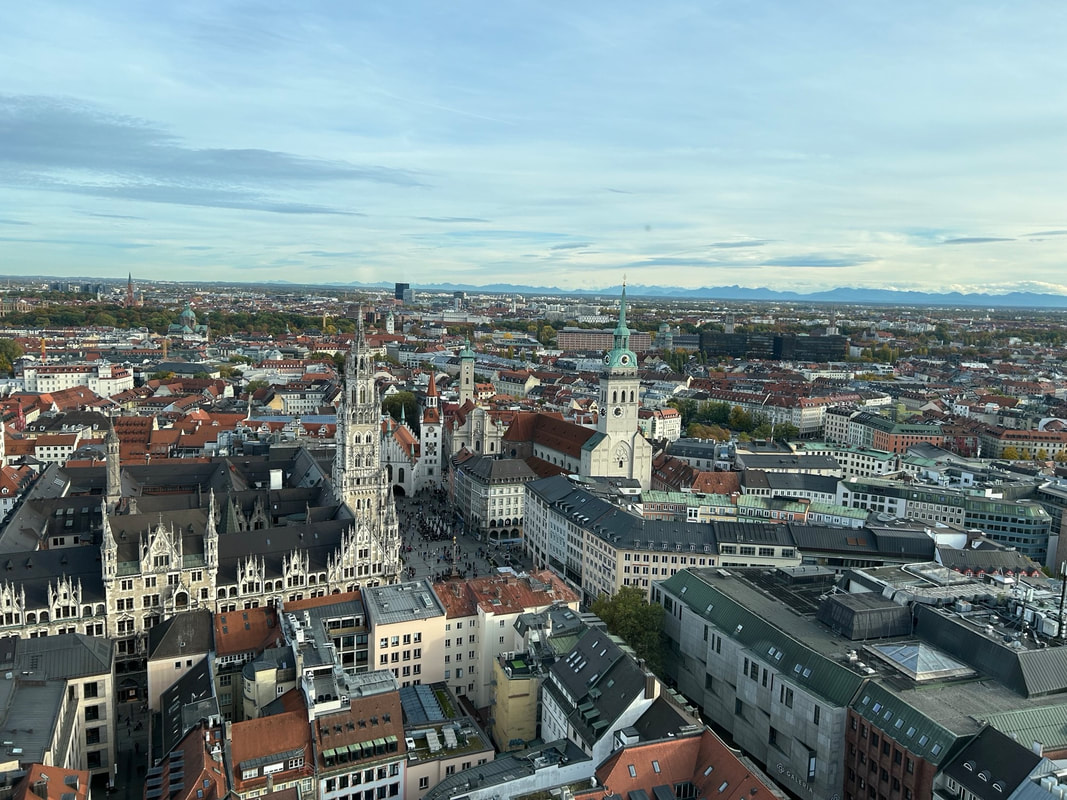
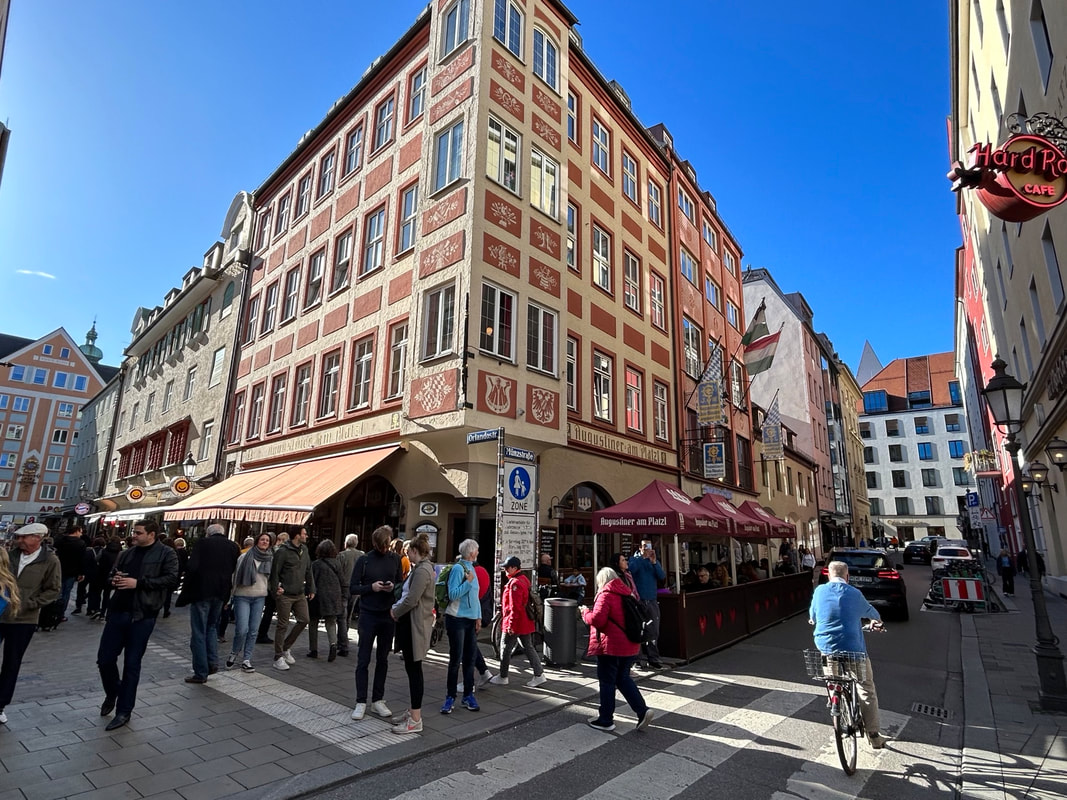
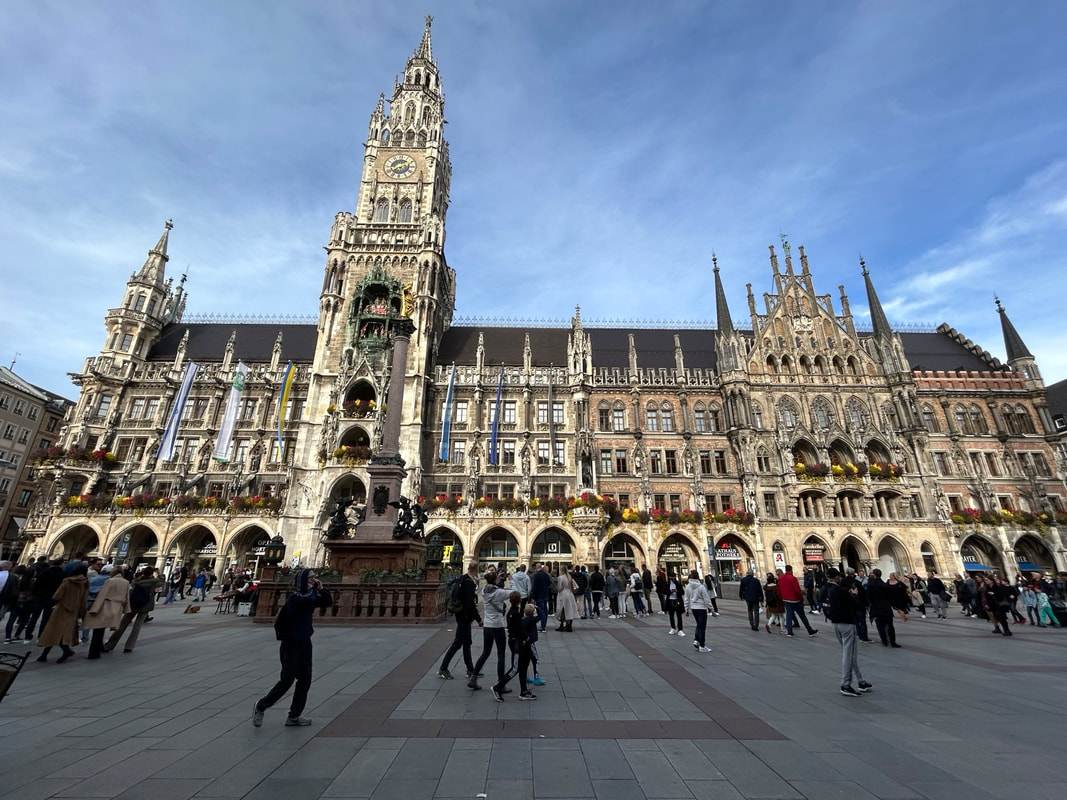



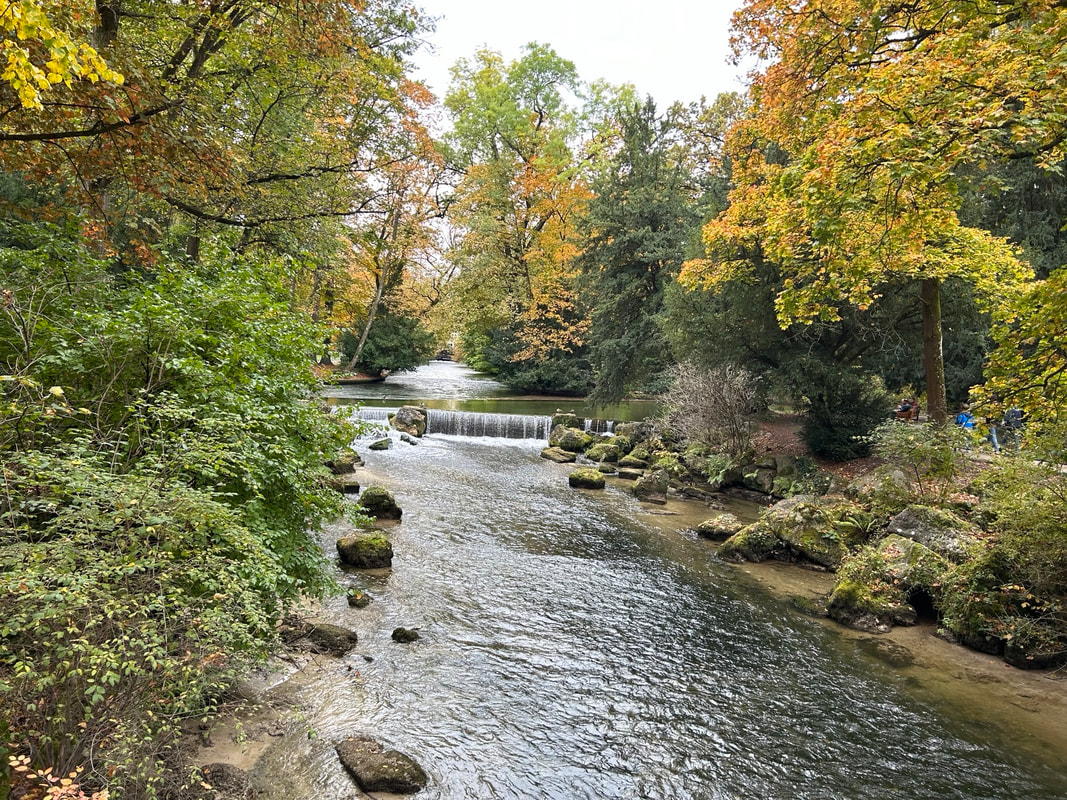



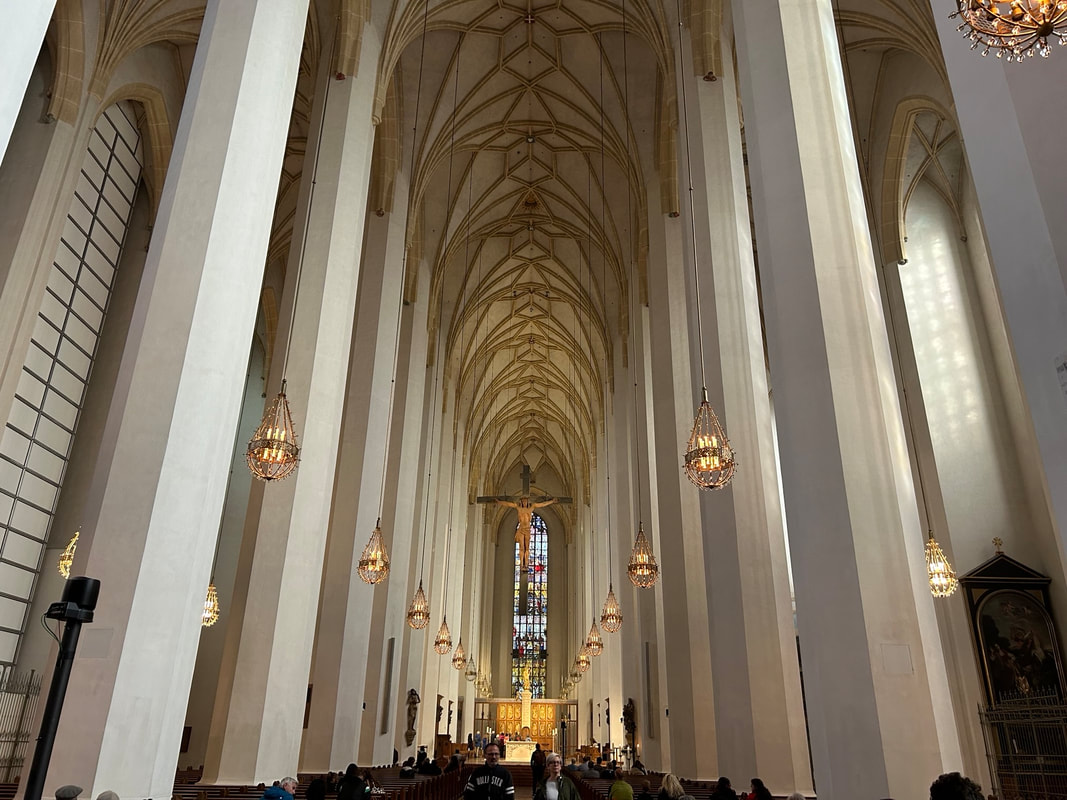

 RSS Feed
RSS Feed